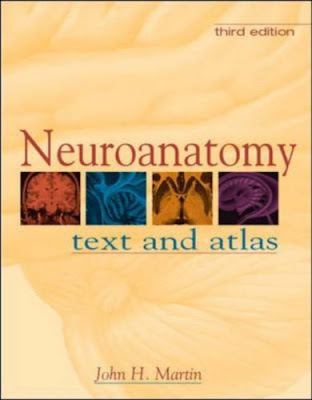 An indispensable companion in the MR suite!
Magnetic resonance imaging is a modality that is carried out under highly standardized conditions. Without knowledge of proper patient positioning and setting of parameters on the MR scanner, the quality of resultant images cannot be optimized.
This book provides in easy-to-use form the general principles of patient positing in MR imaging, and the appropriate scanning parameters, as used most commonly in hospital departments and practice.
The text is organized in a manner that follows the chronological order of examination steps:
- preparation for the examination and materials needed; - specifics as to patient positioning and choice of coils; - protocols for carrying out the examination; - examples of recommended MR imaging sequence parameters; - tips and tricks
An indispensable companion in the MR suite!
Magnetic resonance imaging is a modality that is carried out under highly standardized conditions. Without knowledge of proper patient positioning and setting of parameters on the MR scanner, the quality of resultant images cannot be optimized.
This book provides in easy-to-use form the general principles of patient positing in MR imaging, and the appropriate scanning parameters, as used most commonly in hospital departments and practice.
The text is organized in a manner that follows the chronological order of examination steps:
- preparation for the examination and materials needed; - specifics as to patient positioning and choice of coils; - protocols for carrying out the examination; - examples of recommended MR imaging sequence parameters; - tips and tricks
Besides the classic indications arising from neurological and orthopedic disorders, this book includes positioning information for the entire body and adjunct examinations, including MR angiography and MR cholangiography examinations.








